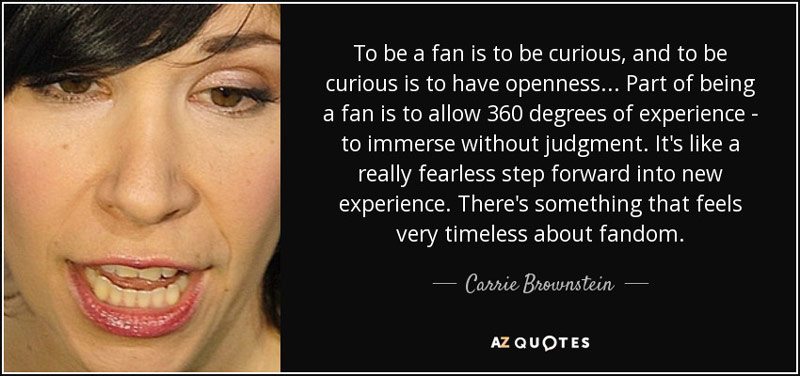SYDNEY, Tuesday: Fandom is a A$ 4.3bn industry in Australia, with the average fan spending more than A$ 900 every year, according to strategist Toby Boon, reported in UK marketing site Warc.
“Given figures like that, marketers are striving to better understand and decode this cultural landscape, with this research study of 1300 people across 35 fandoms.”
This, he said, highlights the three key characteristics of a fan:
- Participation: Fans don’t just consume; they contribute to and take part in fandom.
- Investment: Fans embrace more than just the source material; they invest time and money.
- Dedication: Fans devote themselves through thick and thin.
[Wikipedia: A fandom is a subculture composed of fans characterised by a feeling of empathy and camaraderie with others who share a common interest.]
“At the centre is the source material, the core of the fandom,” Boon said.
“Brands must be in the room with the fans – not just selling to them but cheering alongside them.”
“A world built by the fans themselves often develops around it,” he added, citing the example of the Drop Bears – the Australian national quidditch team that now exists to play the sport invented by author JK Rowling in the Harry Potter books.
“More than a quarter of Australians can be described as true fans of something, and while most have differing levels of fandom, what unites them is a feeling of belonging.
“That sense of belonging is driven by different factors, however, depending on whether the fandom is ‘mainstream’ or ‘challenger’.
“Mainstream fandoms – like National Rugby League, Aussie Rules, and Disney – are defined by their popularity and social acceptance, challenger ones by the opposite, as these fans are often escaping a world they don’t fit into to find one where they do.
“And fans don’t limit themselves to just one thing; more than three quarters of respondents to the survey said they belong to two or more fandoms.
“While those worlds may be very different, what is common is their values. There’s a long-lasting shared value and humanity at the heart of the relationship.
“But marketers need to understand that aligning with their values is just a starting point.
“Brands must be in the room with the fans, not just selling to them but cheering alongside them.”
Share this Post
The post Fandom is big business appeared first on M+AD!.

More Stories
Waka Kotahi tackles drug driving with FCB and MBM
Unbound joins HubSpot for elite client data
Citigroup Scales Back DEI Initiatives